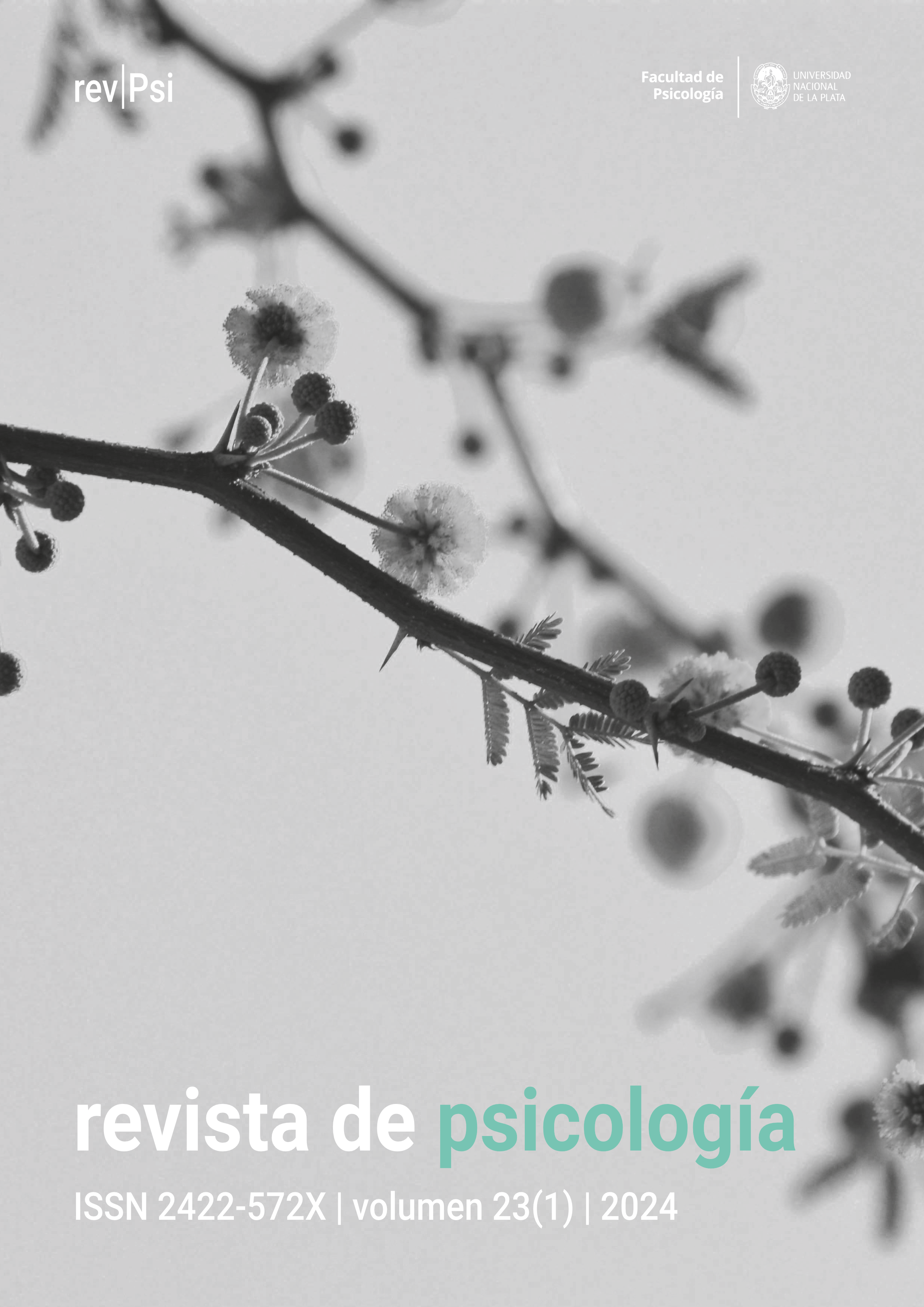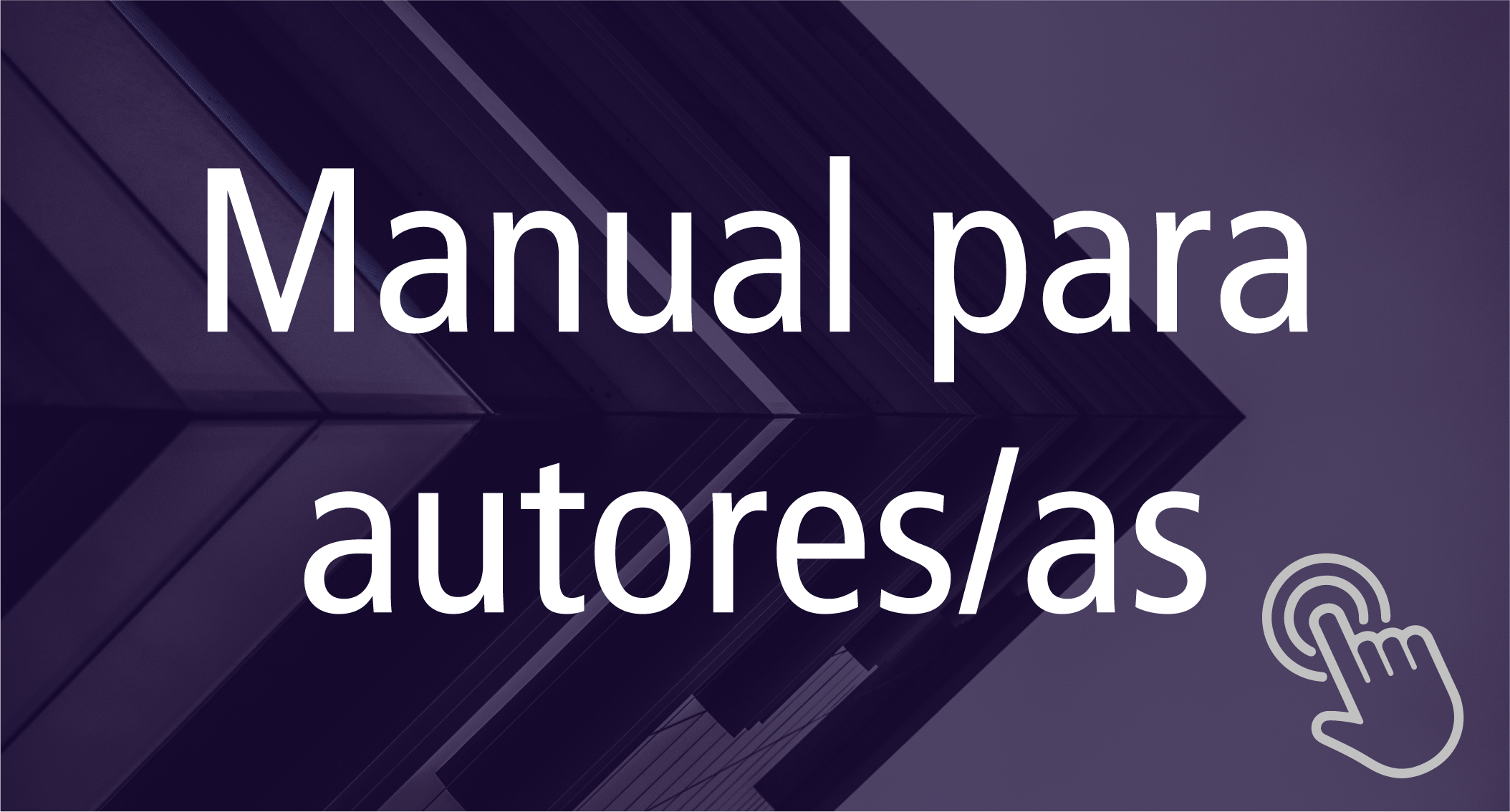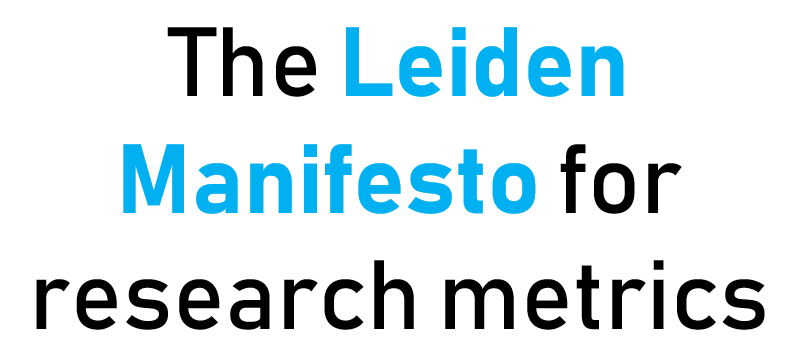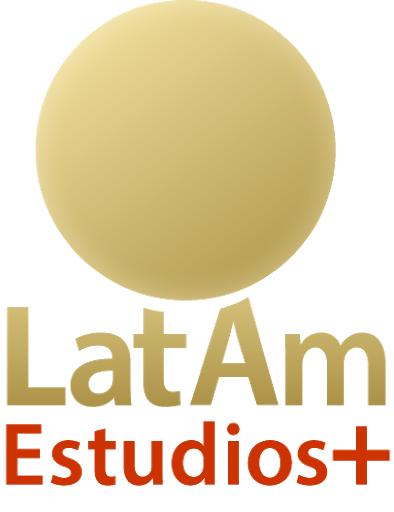The human-dog bond from Freud's perspective: Content analysis of his complete works
DOI:
https://doi.org/10.24215/2422572Xe155Keywords:
companion animals, dogs, Freud, pets, psychoanalysisAbstract
Abstract: Despite the relevance of dogs in Freud's personal life, the psychoanalytic perspective tends to conceive of the human-dog relationship only in projective and symbolic terms. In order to identify Freudian conceptualizations about the human-dog bond, a content analysis of his works was carried out. A search was conducted for the specific terms related to the topic (e.g., dog, domestic, cat), which allowed the identification of 58 registry units that were subjected to a thematic analysis. The dogs were identified as: (1) recipients of affection; (2) traumatic elements; (3) symbols of drive expression; (4) participants of human culture; (5) animals comparable to humans; and (6) recipients of abuse. The results highlight the proximity of dogs with the world of men while remaining in the natural world, the need to consider the human-dog bond in the relational life of patients, as well as its therapeutic potential of connection with the inner animality.
Downloads
Metrics
References
Andréu-Abela, J. (2002). Las técnicas de análisis de contenido. Centra
Blazina, C. (2016). When man meets dog: What a difference a dog makes. Hubble & Hattie.
Bonaparte, M. (1937/1994). Topsy: The story of a golden-haired chow. Transaction Publishers.
Braitman, L. (2014). Dog complex: Analyzing freud’s relationship with his pets. Fast Company.
Ceberio, M. R., Daverio, R., Agostinelli, J., Calligaro, C., Nicolas, F., Biragnet, C., ... y Díaz-Videla, M. (2020). ¡Mascotas a terapia! Actitudes de los terapeutas hacia la incorporación de mascotas en la evaluación familiar. Calidad de Vida y Salud, 13(Especial), 94-109.
Díaz-Videla, M. (2017). ¿Qué es una mascota? Objetos y miembros de la familia. AJAYU, 15(1), 53-69.
Díaz-Videla, M. y Reyes-Plazaola, P. T. (2022). Trastornos psiquiátricos del vínculo humano-animal: psicopatologías del afecto hacia los animales de compañía. Revista de Psicología, 21(1), 135–154. https://doi.org/10.24215/2422572Xe094
Freud, A. (1981). The writings of Anna Freud: VIII. Psychoanalytic psychology of normal development, 1970-1980. International University Press.
Freud, M. (1957). Glory reflected: Sigmund Freud - man and father. Angus and Robertson.
Freud, S. (1936/1961). Letter from Sigmund Freud to Marie Bonaparte, December 6, 1936. In E. L. Freud (Ed.), Letters of Sigmund Freud, 1873-1939 (pp. 434-435). The Hogarth Press.
Freud. S. (1976). Obras completas. Amorrortu Editores.
Gay, P. (1998). Freud: A life for our time. WW Norton & Company.
López-Noguero, F. (2002). El análisis de contenido como método de investigación. XXI, Revista de Educación, 4, 167-179
Nagasawa, M., Mogi, K. y Kikusui, T. (2009). Attachment between humans and dogs. Japanese Psychological Research, 51(3), 209-221. https://doi.org/10.1111/j.1468-5884.2009.00402.x
Podberscek, A. L., Paul, E. S. y Serpell, J. A. (2000). Introduction. In A. L. Podberscek, E. S. Paul y J. A. Serpell (Eds.), Companion animals and us: Exploring the relationships between people and pets (pp. 1-6). Cambridge University Press.
Reiser, L. W. (1987). Topsy—Living and dying: A footnote to history. The Psychoanalytic Quarterly, 56(4), 667-688. https://doi.org/10.1080/21674086.1987.11927193
Roth, B. (2005). Pets and psychoanalysis: A clinical contribution. The Psychoanalytic Review, 92(3), 453-468. https://doi.org/10.1521/prev.92.3.453.66541
Serpell, J. A. (2000). Creatures of the unconscious: Companion animals as mediators. In A. L. Podberscek, E. S. Paul y J. A. Serpell (Eds.), Companion animals and us: Exploring the relationships between people and pets (pp. 108-121). Cambridge University Press.
Shafton, A. (1995). Dream reader: Contemporary approaches to the understanding of dreams. State University of New York Press.
Walsh, F. (2009). Human-animal bonds II: The role of pets in family systems and family therapy. Family Process, 48(4), 481-499. https://doi.org/10.1111/j.1545-5300.2009.01297.x
Downloads
Additional Files
Published
How to Cite
Issue
Section
License
Copyright (c) 2023 Marcos Díaz Videla

This work is licensed under a Creative Commons Attribution 4.0 International License.
![]()
Authors who publish in this journal accept the following conditions:
- Authors retain the copyright and assign the right of first publication to the journal, with the work registered under a Creative Commons attribution license (CC-BY), which allows third parties to use what is published whenever they mention the authorship of the work and the first publication in this magazine.
- Authors can make other independent and additional contractual agreements for the non-exclusive distribution of the article published in this journal (e.g., include it in an institutional repository or publish it in a book) as long as they clearly indicate that the work was published for the first time in this magazine.
- Authors are allowed and encouraged to publish their work on the Internet (e.g., on institutional or personal webpages) before and during the review and publication process, as it can lead to productive exchanges and greater and faster dissemination of published work (see The Effect of Open Access ).





































